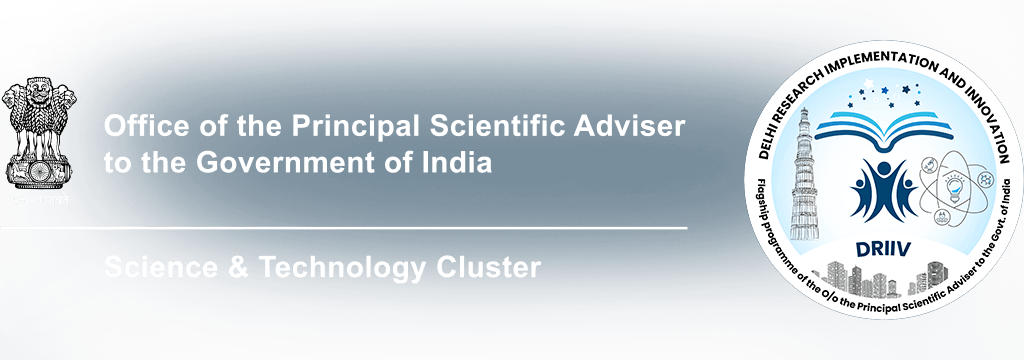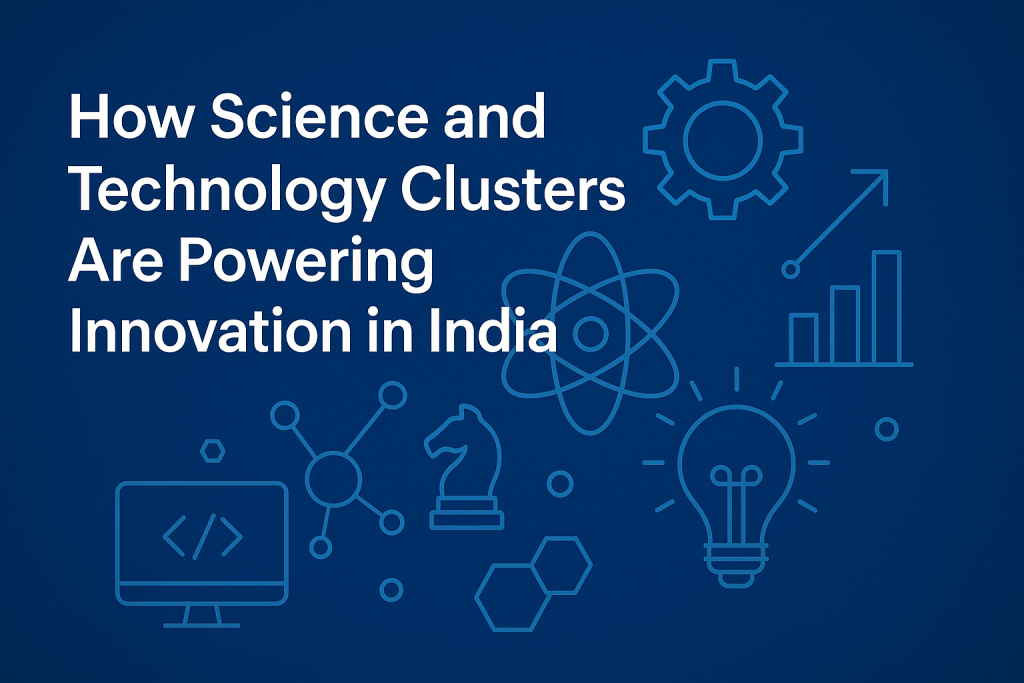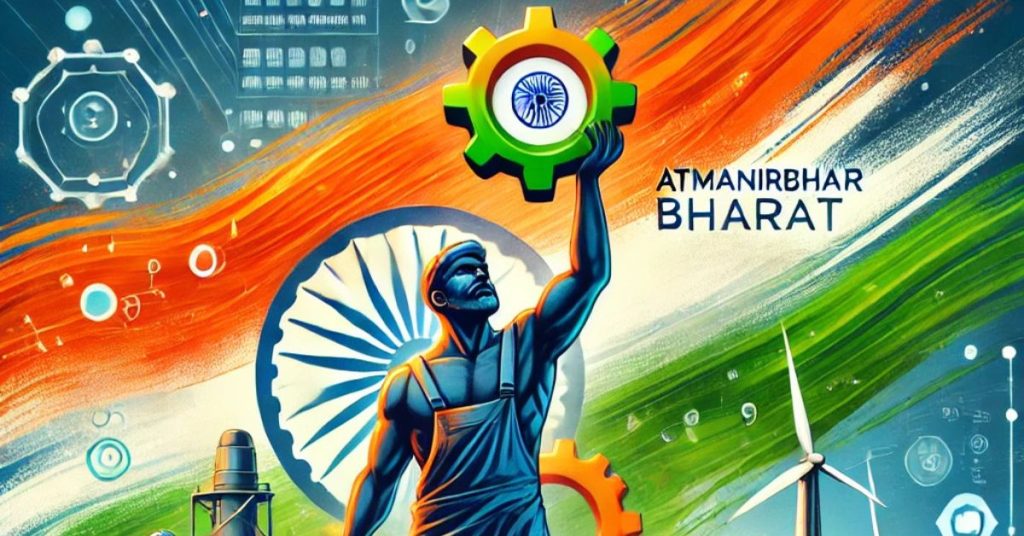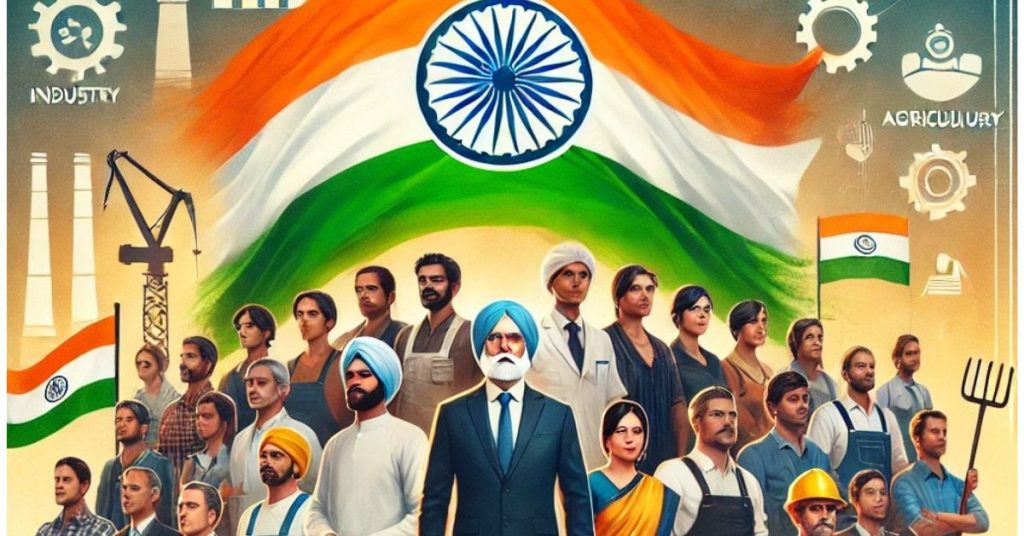India is undergoing a major transformation driven by science, technology, and innovation. At the center of this change is a powerful model that is rapidly gaining momentum: Science and Technology Clusters (S&T Clusters). These clusters bring together academia, industry, startups, and government institutions to create collaborative ecosystems that solve real-world problems and build sustainable futures.
In this blog, we’ll explore how Science and Technology Clusters are powering innovation in India, driving AtmaNirbhar Bharat, creating sustainable technology solutions, and promoting science for sustainability.
What is a Science and Technology Cluster (S&T Cluster)?
A Science and Technology Cluster is a regional ecosystem where scientists, researchers, startups, industries, and government bodies collaborate to solve local and national problems through research, development, and innovation. These clusters are not just hubs of knowledge—they are engines of progress.
Each S&T Cluster promotes collaboration over competition, bringing key stakeholders together to address challenges in sectors like health, energy, environment, agriculture, and urban development.
India’s S&T Clusters are aligned with the AtmaNirbhar Bharat vision, aiming to make India self-reliant through technological advancement and innovation-led growth.
The Role of S&T Clusters in India’s Innovation Ecosystem
1. Solving Real-World Challenges
One of the biggest strengths of S&T Cluster is their focus on practical solutions. Instead of working in silos, institutions in these clusters come together to address real problems such as water pollution, air quality, healthcare delivery, and urban sustainability. This leads to faster deployment of solutions and greater societal impact.
For example, DRIIV, one of India’s leading Science and Technology Clusters, is working on sustainable technology solutions like AI-based diagnostics, air pollution mitigation, and smart water management.
2. Supporting Startups and Entrepreneurs
S&T Clusters provide a launchpad for startups by offering access to advanced research facilities, mentorship, funding, and partnerships with academia and industry. These clusters create a supportive environment where innovation can thrive.
This startup-driven model aligns with the AtmaNirbhar Bharat mission by encouraging domestic innovation and reducing dependence on foreign technologies.
3. Accelerating Technology Transfer
Many academic institutions generate powerful research, but that research often doesn’t reach the market. S&T Clusters bridge this gap by enabling technology transfer from labs to real-world applications. Through public-private partnerships and co-development models, new technologies can be rapidly tested, validated, and scaled.
4. Creating Jobs and Building Capacity
By fostering research, entrepreneurship, and manufacturing, Science and Technology Clusters generate jobs and build skilled human capital. They also promote training programs and capacity-building initiatives in cutting-edge fields like AI, biotechnology, clean energy, and robotics.
S&T Clusters and AtmaNirbhar Bharat
India’s vision of becoming AtmaNirbhar Bharat (self-reliant India) heavily depends on indigenous innovation. S&T Clusters help achieve this goal in several ways:
- Local problem-solving using Indian knowledge systems and technologies.
- Reducing import dependency by encouraging homegrown solutions.
- Strengthening R&D in priority sectors.
- Boosting manufacturing through innovation-led industrial growth.
Through collaborative research and innovation, S&T Clusters are turning India into a global innovation powerhouse, capable of designing and manufacturing world-class technologies within the country.
Sustainable Technology Solutions from S&T Clusters
A key focus of India’s Science and Technology Clusters is developing sustainable technology solutions for pressing environmental and social challenges. These include:
1. Water Management
Clusters like DRIIV are working on science for sustainability by developing smart water systems, IoT-based monitoring, and phycoremediation techniques to treat polluted water bodies. These efforts promote water security and the control of water pollution.
2. Clean Air Technologies
Innovations such as air purification devices, emission tracking systems, and nature-based solutions are being developed to mitigate air pollution in urban areas like Delhi-NCR.
3. Renewable Energy and Mobility
Clusters are actively working on green energy solutions such as solar-powered technologies, EV infrastructure, and mobile energy storage systems. These innovations contribute to both sustainability and energy independence.
4. Smart Healthcare
From AI-powered diagnostics to portable medical devices, S&T Clusters are playing a pivotal role in improving access to quality healthcare, especially in rural and underserved regions.
Science for Sustainability: A Core Mission
Science for Sustainability is more than a goal—it’s a necessity for India’s future. S&T Clusters are working to integrate science and technology into sustainable development models. This means:
- Using green technologies to reduce environmental impact.
- Encouraging circular economy models.
- Promoting climate-resilient agriculture.
- Reviving natural ecosystems through innovation.
This vision aligns with Viksit Bharat 2047, India’s roadmap for becoming a developed, inclusive, and sustainable nation by its 100th year of independence.
DRIIV: Leading the Way as an S&T Cluster
DRIIV (Delhi Research Implementation and Innovation) is a leading example of how Science and Technology Clusters can power innovation. Based in the Delhi-NCR region, DRIIV is catalyzing the development of scalable, tech-driven solutions for:
- Air and water pollution
- Smart mobility
- Waste management
- Healthcare access
- Education technology
DRIIV connects institutions like IIT Delhi, AIIMS, CSIR labs, and top startups with local governments and industry partners to implement high-impact solutions. It truly embodies the spirit of AtmaNirbhar Bharat and science for sustainability.
Impact of S&T Clusters in India: Key Highlights
| Area | Achievements of S&T Clusters |
| Innovation | Fast-tracked product development |
| Jobs and Skills | Thousands of jobs, advanced skill training |
| Sustainability | Eco-friendly solutions, clean tech |
| Health | AI diagnostics, affordable medical tech |
| Urban Development | Smart city infrastructure, clean mobility |
| Water and Air Quality | Real-time monitoring, low-cost remediation |
The Future of S&T Clusters in India
The future of India’s growth lies in knowledge and innovation. By scaling up the Science and Technology Cluster model across states and sectors, India can:
- Solve challenges faster
- Create high-value jobs
- Boost exports of Indian tech
- Build a resilient, green economy
Investments in research, innovation, and collaborative platforms will be key. The government, academia, and industry must continue working together to expand the reach and impact of these clusters.
Conclusion
India’s Science and Technology Clusters are redefining how innovation is done. By bringing together the brightest minds and aligning their efforts with national priorities, these clusters are creating meaningful, scalable solutions that can transform the country.
With a strong focus on AtmaNirbhar Bharat, sustainable technology solutions, and science for sustainability, these S&T Clusters are not only driving progress—they are shaping the future of a stronger, self-reliant, and sustainable India.
At DRIIV, we are proud to be part of this journey—powering innovation that matters.




